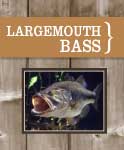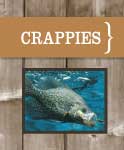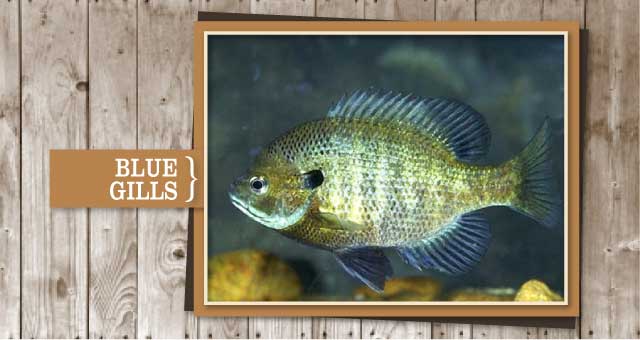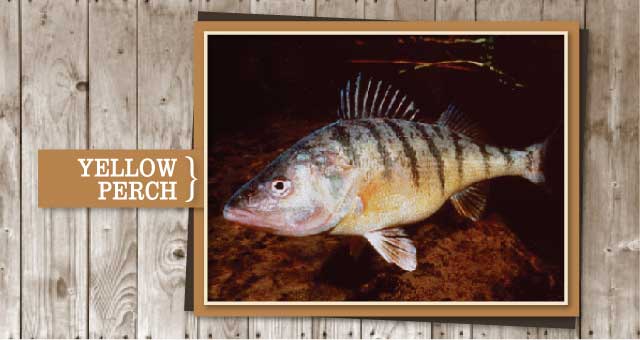Large Mouth Bass
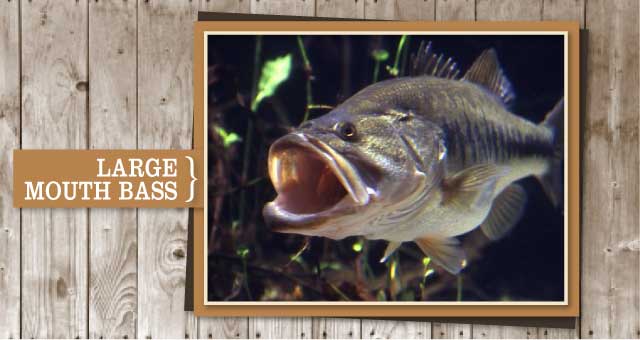
The Largemouth bass is a species of fish. Also known as Black Bass, Green Trout, Bigmouth Bass, and Lineside Bass.The largemouth bass is in fact, not a bass. It is not a member of the bass family, but it is a member of the Sunfish family.
Physical Description
The largemouth bass is marked by a series of dark blotches forming a ragged horizontal stripe along the length of each side. It can also be totally black. The upper jaw of a largemouth bass extends beyond the back of the eye. The average largemouth bass weighs 1 to 2 pounds and between 8 and 18 inches long. The largest of the black basses, it has reached a maximum recorded overall length of 38 inches, and a maximum recorded weight of 22 lbs, 4 oz. It can live as long as 23 years.
Reproduction
Largemouth usually spawn in shallow bays in the spring when the water temperatures reach about 60° F. Females can lay up to a million eggs during each spawn in a shallow depression in the ground formed by the male. The male will then guard the eggs and, after they hatch in five to ten days, the fry, driving away any predators that come too close to the nest site.
Senses
Lateral Line: The Lateral Line is a series of pores located alongside the bass. This set of pores is used to detect vibrations in the water. This is sensitive enough to detect the speed, size, and shape of another fish.
Sight: Largemouth bass have color vision and they mostly use their sight in clear water. However, in low visibility conditions bass do not use their sight as much as their sense of vibration though their lateral line or their sense of smell. Depending on water clarity, largemouth bass can see anywhere from 100 feet to 5 feet.
Hearing: Bass have ears located inside of their skull. However, because sound travels through water much better than air a bass has a very keen sense of hearing.
Smell: Bass use smell to detect prey or predators. Their smell is very sensitive and if they smell a predator nearby they will swim away from the area. And, therefore, if they smell prey they will go in search of it and eat it.

